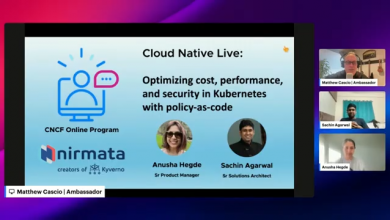‘Vibe Testing’ – Harness Launches AI Testing
The tool validates AI-generated code, such as YAML pipelines, by analyzing and ensuring functionality without human intervention.
 As described on The New Stack, Harness has launched AI Test Automation, introducing “intent-based testing,” an AI-native, end-to-end solution that uses natural language prompts to replace traditional test scripts.
As described on The New Stack, Harness has launched AI Test Automation, introducing “intent-based testing,” an AI-native, end-to-end solution that uses natural language prompts to replace traditional test scripts.
This approach aims to address the bottleneck in software delivery where AI-powered coding (vibe coding) accelerates code generation, but testing remains slow and manual.
The tool validates AI-generated code, such as YAML pipelines, by analyzing and ensuring functionality without human intervention. It tackles the limitations of conventional testing, which struggles with AI’s contextual variability, enabling faster, smarter testing across the software development lifecycle.
Major brands like Citi and United Airlines use Harness’s platform to streamline coding, building, testing, and deployment, reducing manual gaps and toolchain silos.
Intent-based Testing
Intent-based testing, as introduced in the context of Harness’s AI Test Automation, is an AI-native approach to software testing that replaces traditional test scripts with natural language prompts.
Instead of writing detailed, rigid test cases, developers or testers describe the desired outcome or “intent” of the test in plain language. The AI then interprets this intent, generates the necessary test scenarios, and executes them across the software development lifecycle.
This method leverages AI to understand context and validate functionality, particularly for AI-generated code like YAML pipelines, without requiring manual intervention. It addresses the limitations of conventional testing, which often struggles with the variability and complexity of AI-produced code.
By focusing on the intended behavior rather than predefined scripts, intent-based testing enables faster, more adaptive, and efficient validation, reducing bottlenecks in the testing phase and aligning with the speed of AI-powered coding (vibe coding). It streamlines the process by dynamically adapting to changes in code or requirements, ensuring functionality while minimizing human effort and toolchain silos.



